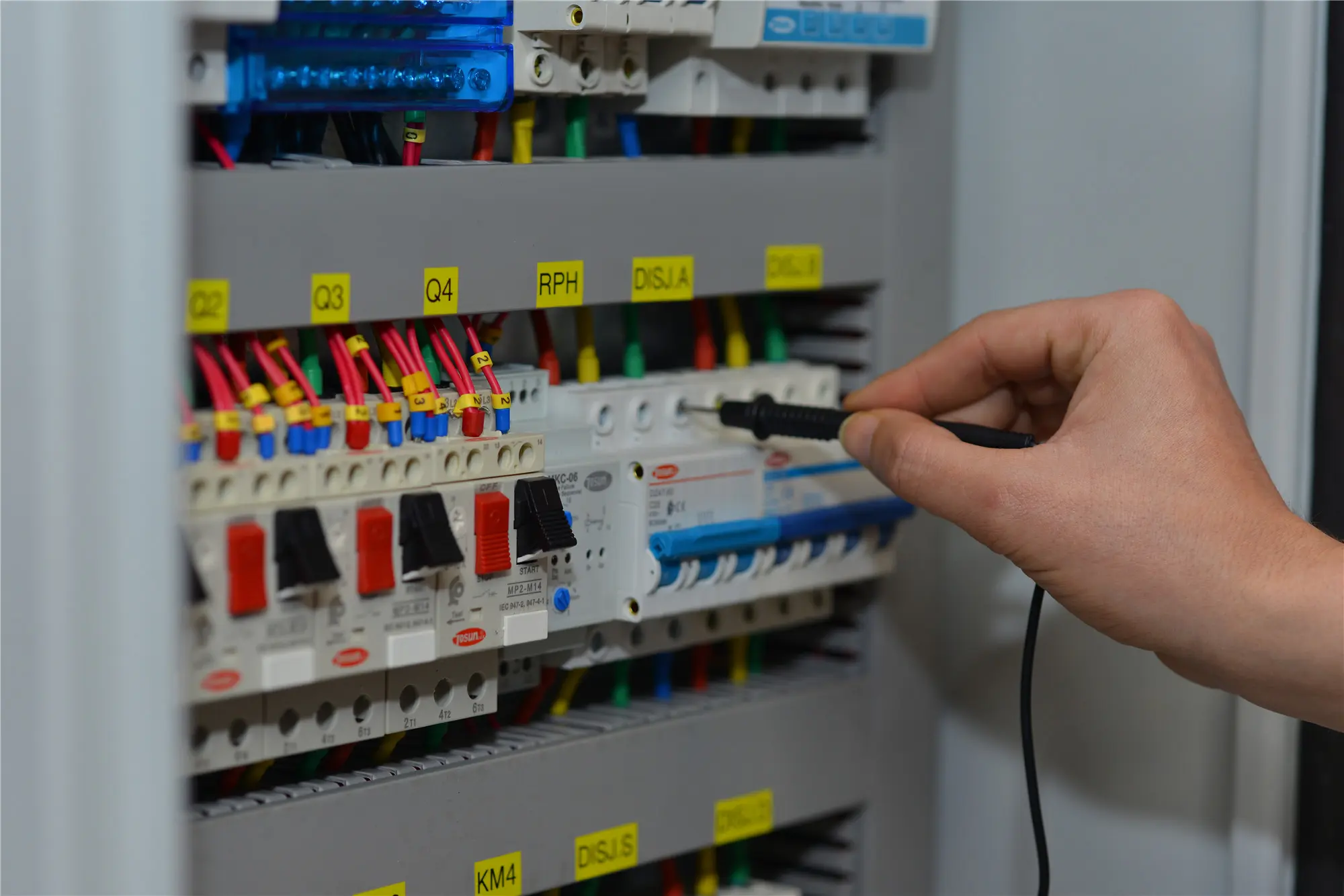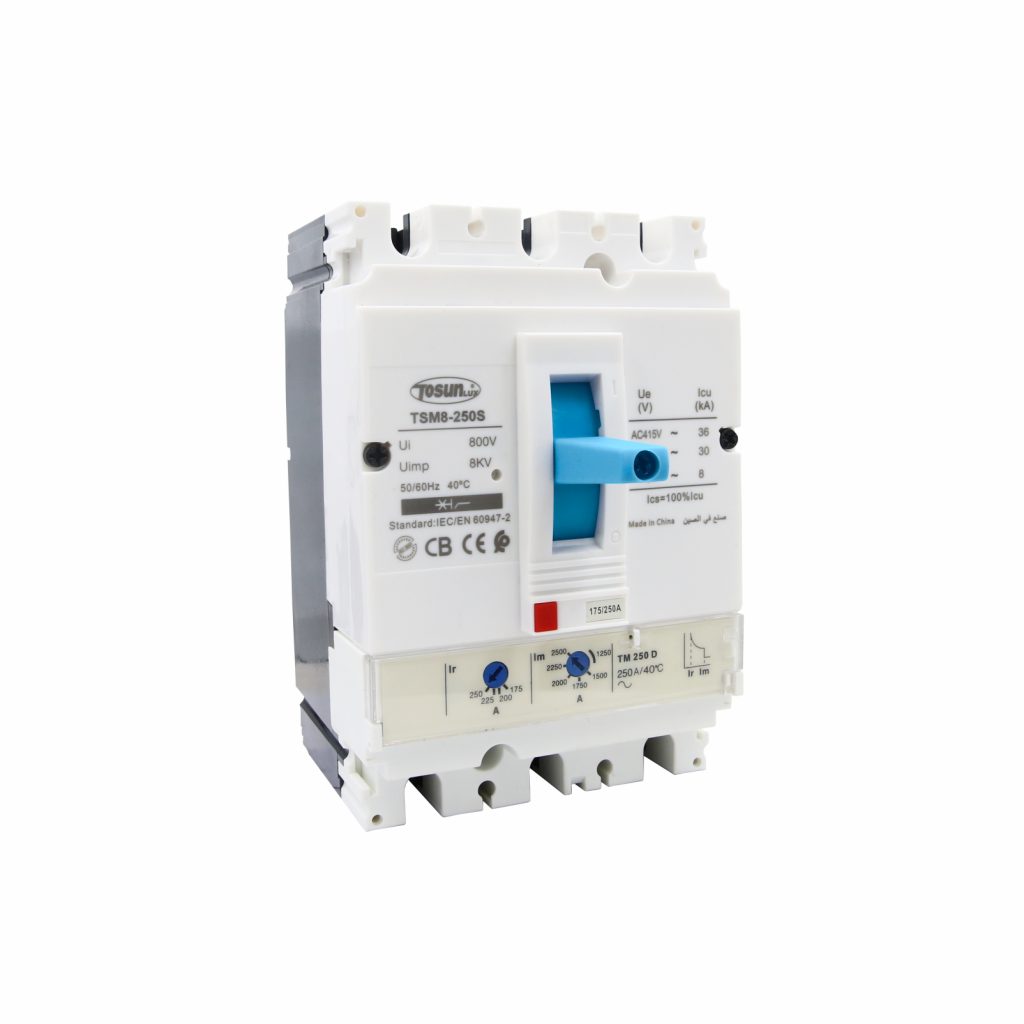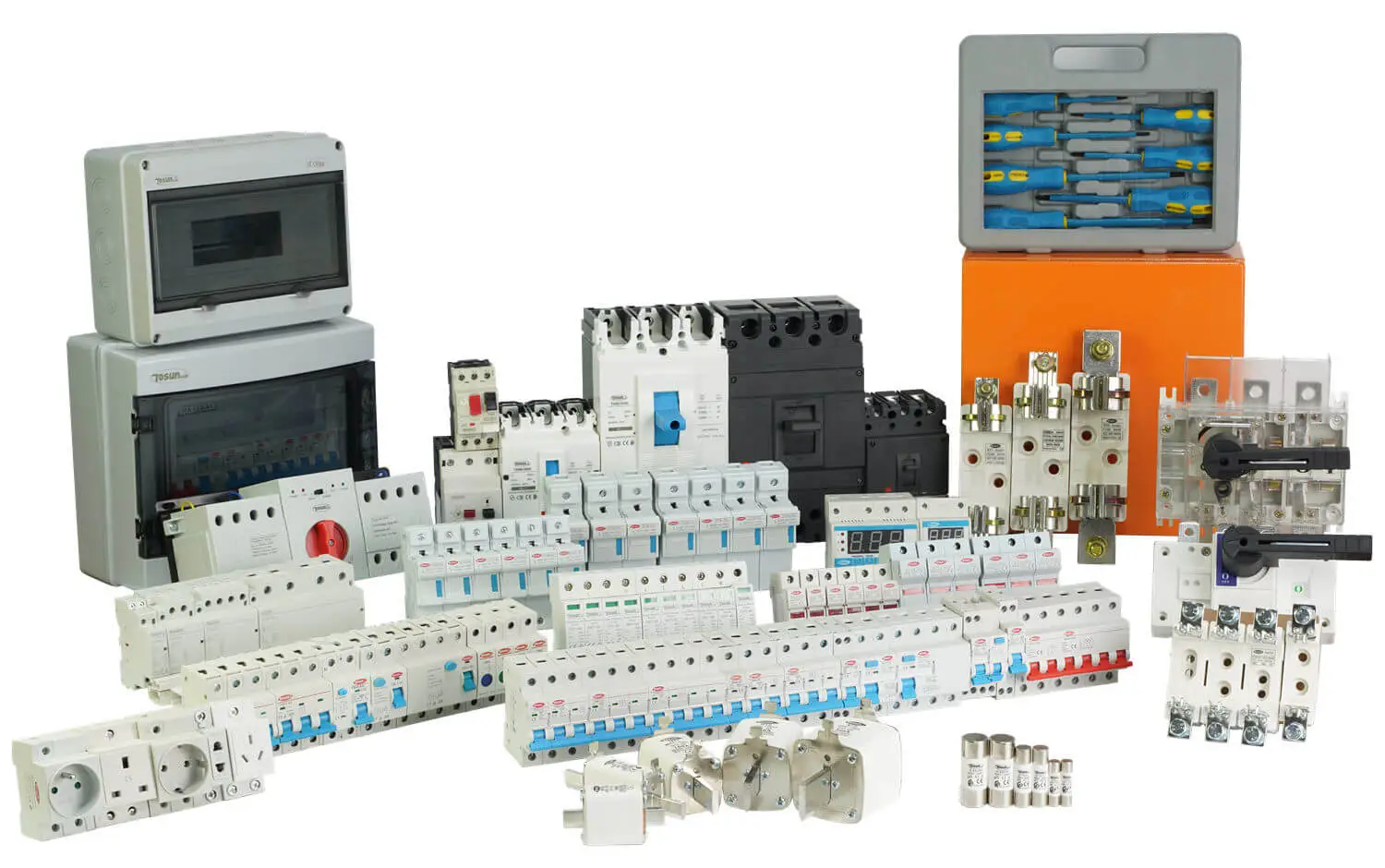The Different Types of MCCB and How It Works
Table of Contents
ToggleThere are different types of circuit breakers, and you need to know how they work in order to install them correctly. These circuit breakers are grouped into different types: type B, type C, type D, type K, and type Z. A type B MCCB will trip when it sees a surge of 3 to 5 times the rated current, while a type C will trip when it sees a surge 5 to 10 times.
An MCCB is an excellent electrical protection device. Its casing is sealed and cannot be opened. But just like any other electrical equipment, it requires periodic maintenance in order to function properly.
MCCBs can handle a large current and a short circuit. They also have a movable trip unit and a short tripping time. Some types have remote ON/OFF features, making them useful in industrial settings where electrical shocks are a common hazard.
Different types of MCCBs are used in different electrical settings. If you want to know about the different types of MCCBs and how it works, continue reading this article.
How Does an MCCB Work?
MCCBs are designed to automatically interrupt the flow of electricity when a fault is detected. They consist of several key components, such as the relay tripping unit, temperature-sensitive components like the bimetallic strip, and arcing contacts. The combination of these features allows the MCCB to respond to overloads and short circuits by rapidly disconnecting the faulty circuit, ensuring electrical safety.
Relay Tripping Unit: This is the brain of the MCCB. It includes an electromagnetic coil and a tripping plunger that activates the breaker when a fault is detected. The system can trip the breaker either immediately or with a delay, depending on the severity of the fault.
Bimetallic Strip: This component expands when the current exceeds the safe limit, causing it to bend and eventually trip the breaker. It helps protect against prolonged overload conditions.
Arcing Contacts: These contacts are responsible for interrupting the electrical arc that forms when the breaker trips. Their quick response minimizes the risk of fire and further damage.
By using these components, MCCBs provide comprehensive protection in a wide range of electrical systems.
Choosing the Right Type of MCCB
The choice of MCCB depends on the specific electrical needs of the system. Below, we explore the different types of MCCBs, each designed to handle different levels of current and response time.
Type B MCCBs
Type B MCCBs are typically used in residential or light commercial applications where the electrical load is relatively low. They trip at 3 to 5 times the rated current. These breakers are ideal for protecting circuits with low inrush currents, such as lighting and small appliances.
Type C MCCBs
Type C MCCBs offer more protection than Type B, tripping at 5 to 10 times the rated current. They are suitable for general-purpose use in commercial and industrial applications. Type C breakers are commonly used in systems that involve equipment with moderate inrush currents, such as motors and transformers.
Type D MCCBs
These MCCBs are designed for applications with high inrush currents, such as large industrial machinery. Type D breakers trip at 10 to 20 times the rated current and are best used in environments where substantial equipment starts and stops frequently. Their higher tolerance to inrush currents makes them ideal for heavy-duty operations.
Type K MCCBs
Type K MCCBs are particularly effective in protecting circuits with two cables. They trip at 8 to 12 times the rated current and are often used in settings where more sensitive equipment is involved. Type K breakers are ideal for providing enhanced protection in installations where surge currents are common.
Type Z MCCBs
The most sensitive of all, Type Z MCCBs, trip at just 3 times the rated current. They are used to protect sensitive electronic equipment, making them suitable for applications like telecommunications and data centers. While they are not as versatile as other types, their ability to react to small overloads makes them an essential component in sensitive circuits.

Reliable MCCB Solutions at Competitive Prices – Request Your Quote Today!
Key Considerations When Choosing an MCCB
When selecting the right MCCB, consider the following factors:
- Current Rating: Ensure that the MCCB’s current rating matches the circuit’s expected load to avoid unnecessary tripping or insufficient protection.
- Application Type: Different types of MCCBs suit different environments, such as residential, commercial, or industrial settings. Understanding your application will help you choose the appropriate MCCB.
- Response Time: Choose an MCCB with the correct response time to ensure that it trips promptly during overload or short-circuit conditions.
FAQ: Common Questions about MCCBs
Q1: What is the difference between MCCB and MCB?
A1: While both serve to protect circuits from overloads and short circuits, MCCBs can handle higher currents and are often used in industrial applications. MCBs are generally used in residential and light commercial applications.
Q2: Can an MCCB be reset?
A2: Yes, once an MCCB trips, it can be reset manually. However, it’s important to investigate the cause of the trip before resetting the breaker.
Q3: How often should MCCBs be maintained?
A3: Regular maintenance is essential to ensure the MCCB operates properly. This includes cleaning, checking for signs of wear, and verifying the function of the tripping mechanism.
Q4: What is a Type D MCCB used for?
A4: Type D MCCBs are designed for heavy industrial applications where high inrush currents are common. They provide protection for large machines and motors.
Enhancing Electrical Safety with MCCBs
MCCBs are indispensable for maintaining electrical safety in a wide range of applications. By selecting the right type for your needs, you can ensure the protection of electrical circuits and reduce the risk of damage or fire. Regular maintenance and proper installation further enhance the reliability and effectiveness of MCCBs.
For more insights on circuit protection, check out our guide on MCCB vs MCB to learn more about their differences and applications.
Tel: +86-577-88671000
E-mail: ceo@tosun.com
Skype: tosunelectric
Wechat: +86-139 6881 9286
WhatsApp: +86-139 0587 7291
Address: Room No.1001 Wenzhou Fortune Center,Station Road, Wenzhou, China
REQUEST A QUOTE
WhatsApp us
 : +86-139 0587 7291
: +86-139 0587 7291 English
English Español
Español Русский
Русский Français
Français العربية
العربية Português do Brasil
Português do Brasil Українська
Українська Türkçe
Türkçe Polski
Polski Nederlands
Nederlands Italiano
Italiano Bahasa Indonesia
Bahasa Indonesia हिन्दी
हिन्दी اردو
اردو አማርኛ
አማርኛ Հայերեն
Հայերեն ไทย
ไทย Монгол
Монгол فارسی
فارسی Shqip
Shqip Ελληνικά
Ελληνικά



